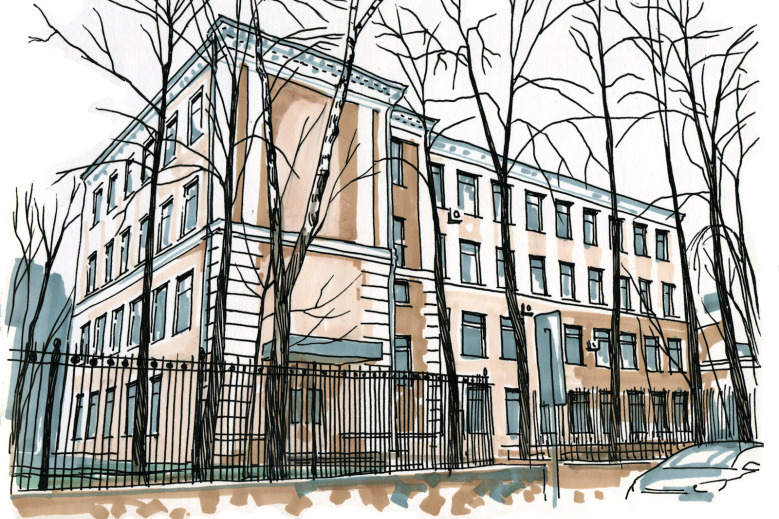
HSE.Cornerstone: 4 Maly Gnezdnikovsky Pereulok
The series of descriptions of historic buildings in Moscow owned by HSE concludes with this account of what was once School Number 135 in Maly Gnezdnikovsky Pereulok. This was considered an exemplary institution, and the finest teachers in the region taught there. Of course, the schoolchildren’s behavior was not always exemplary – and one incident even forced the Headmaster to resign.
‘In America I Was Attacked for Being a Marxist and Here I Was Attacked as a Bourgeois Falsifier of History’
In 2014 the working group of the Department of History of Higher School of Economics in St. Petersburg won the university competition and received institutional support for the international research project ‘Comparative Historical Studies of Empire and Nationalism’. Ronald Grigor Suny is Charles Tilly Collegiate Professor of Social and Political History at the University of Michigan, Emeritus Professor of Political Science and History at the University of Chicago and Senior Research Fellow at the Higher School of Economics in St. Petersburg. He talks his research interests in history and the International Research Project ‘Comparative Historical Studies of Empire and Nationalism’.

HSE. Cornerstone: 40 Myasnitskaya
The lives of postal workers in the 19th century were hard, as were their duties. They didn’t get paid enough to live, and they didn’t get any weekends or holidays, or even lunch breaks. Why is this relevant to HSE? Because this building used to belong to the postal service.
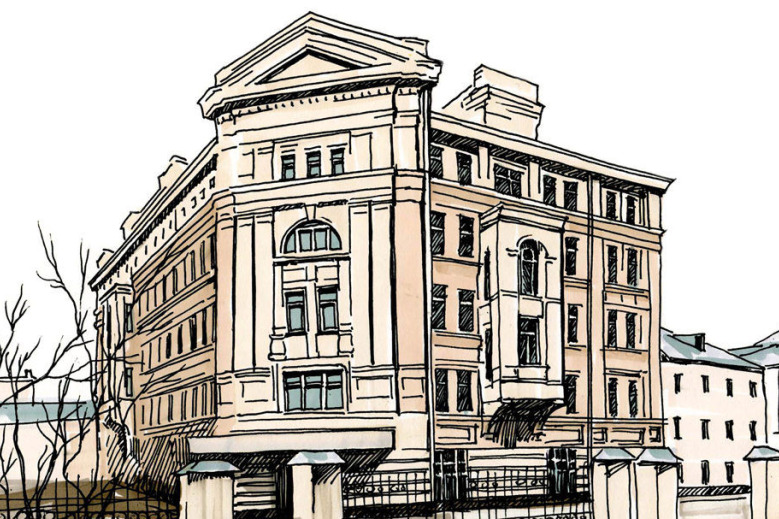
HSE. Cornerstone: Milyutinsky Pereulok, 13, Building 1
The guesthouse with shops on the corner of Sretensky Pereulok and Milyutinsky Pereulok was built in 1900 by the architect Vladimir Sherwood. In Soviet times, the building housed a medical clinic for the district, which was soon replaced by an Intourist office. This organization had a large fleet of tourist buses, its own staff of guides and interpreters, and a chain of hotels. During the Moscow Olympics in 1980, Intourist was the main organization servicing foreign visitors. Intourist in fact received millions of visitors during the Soviet era.
Cosmopolitanism, Exile and World Literature Today
Galin Tihanov, George Steiner Professor of Comparative Literature at Queen Mary, University of London, will deliver a series of three lectures at the Higher School of Economics this week. His most recent research has been on cosmopolitanism, exile, and transnationalism. Professor Tihanov recently sat down with the HSE news service to speak about his research and teaching interests, including his work on Russian literature.
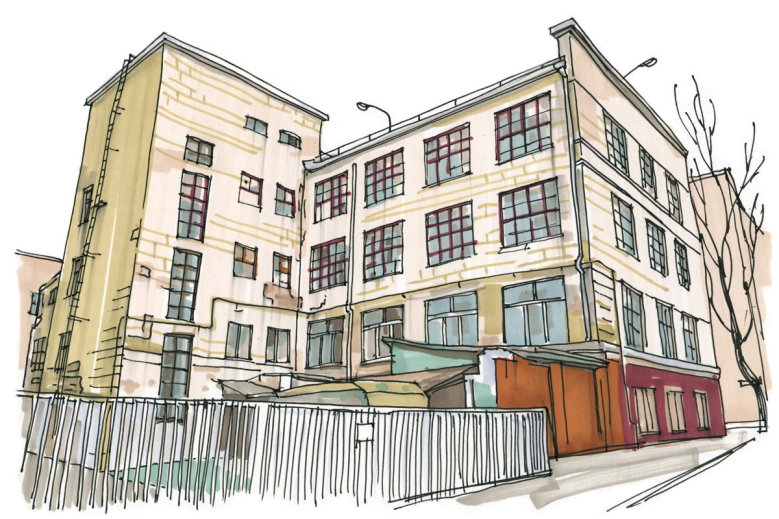
HSE.Cornerstone: Izmailovo Complex
For several hundred years Izmailovo Manor belonged to the imperial court. Russian tsars and their attendants hunted in the surrounding groves, and the area received the official status of the Moscow region after the revolution. Eventually factories and workers' settlements would be erected in place of the area’s trees and swamps. One of these factories was not like the others; it produced not machines or equipment, but answers to a number of questions.
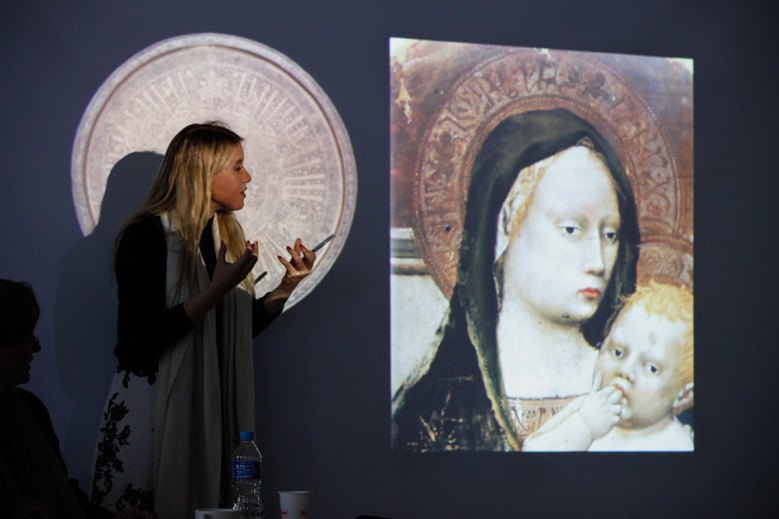
‘Game of Thrones’ and ‘Lord of the Rings’ Prove Interest in Middle Ages
From October 7-9, the second annual ‘Dynamic Middle Ages’ school of young medievalists took place in Moscow. After its conclusion, participants talked about what they find interesting in the Middle Ages and the parallels they see between those times and today.

HSE.Cornerstone: 17 Malaya Ordynka
In the 1950s, a golden candlestick was found in the ventilation system in one of the rooms of this building – a reminder of the fact that it was initially a jewellery factory. During the Soviet era, the building housed a leather and footwear training school, dormitory and a continuing education institute for engineering and technical personnel.

HSE.Cornerstone: 12/4 Malaya Pionerskaya
Building No. 12 on Malaya Pionerskaya Ulitsa has a complicated history. Residents of neighbourhoods and even some university staff members believe that a women's prison once stood here. This is not true. Before the revolution, it was the Olovyanishnikov merchants’ factory, which produced expensive church vessels. In the 1920s, the Geodesy Optical and Mechanical Plant had already found a new home at this location. This is where the first Soviet model camera Leica was manufactured, which was to become the best in the world, although that never came to be.
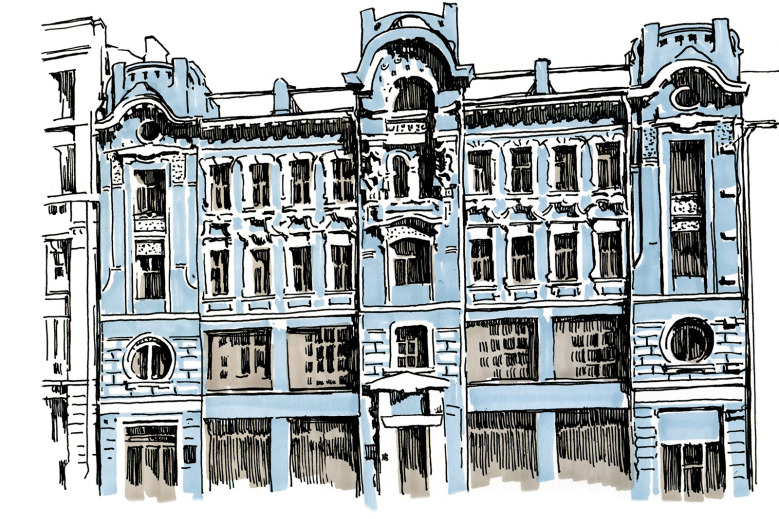
HSE.Cornerstone: 18 Myasnitskaya
This house was rebuilt first by merchant Old Believers, who owned the largest optical workshop in Russia, then by former peasants who made their fortunes selling houseware. The original appearance of the building changed with time: during the war, the front lost a part of its sculptural decorations and recently an attic floor was added which broke with the initial architectural concept. Even so, number 18 is one of the most remarkable buildings on Myasnitskaya Ulitsa.


Application deadline: May 20